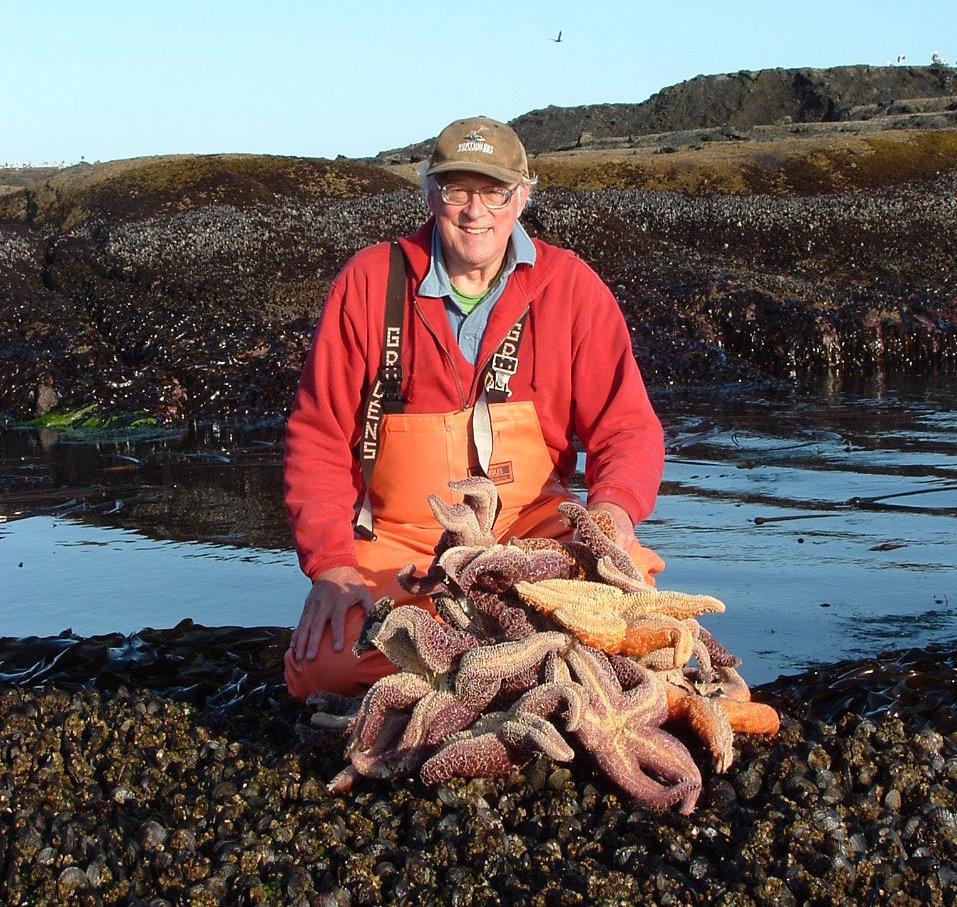The Keystone of Ecology
With the ongoing pandemic and medical crisis over the whole globe, people are actively taking part in discussions revolving the origins of the COVID-19 disease. The more we discuss, the more uneducated (rather “improperly educated”) people tend to demonize bats. The educated ecologist would instead urge you to look up and realize that bats are a keystone species. They help sustain various ecosystems just by surviving. The cause is something else, which we won’t be discussing today (Maybe we’ll have a later post for that?).
Keeping the pandemic discussion aside, what are Keystone species? And how do we know what they are? We have one person to thank, Robert Paine.
The Starfish’s Paine
Before Paine discovered and coined the term “Keystone Species”, ecologists thought that ecosystems (and habitats) thrived primarily because of diversity. They thought that every species contributes equally to their ecosystem. No one species is more important that the other. The common practice of observing these huge interacting webs of species suggested the same. But, in 1960s, the American ecologist, Robert Paine sought to take matters into his hands.
The experiment
This is not your typical experiment that can be replicated on a work bench in a given lab. It’s a pretty big adventure that a curious man took and changed the understanding of the whole world. Curious what would happen if he intervened in the ecosystem, he went on a spree, crowbarring starfishes (Pisaster genus) from one side of the rocky tide pools of Washington state. He maintained a closeby region with normal amount of starfishes as “control.”

Field manipulations such as this are now commonly used in ecology starting from small projects to big ones. It makes sure that there is a change of only one element and we are observing the results of that change.
Results
The results of Paine’s experiment were counterintuitive. Species diversity was much higher when Pisaster was present than when removed. In the absence of the starfish, Acorn Barnacles (Balanus glandula) had crowded most other species by rapidly using up the available space. Months later, California mussels (Mytilus californiacus) overran the Balanus. Species were impacted whether they were directly or indirectly related to the starfish.
Pisaster maintained balance in the ecosystem by selectively eating barnacles and mussels, preventing their otherwise excessive spread. Being a top level predator helped the starfish in checking the growth of other species that they and their preys preyed on.
Here’s an illustration to help you grasp the situation a bit better:

In the absence of the starfish, the barnacle and later the mussel began growing unchecked and dominating the ecosystem.
Paine coined the term “Keystone species”, after the necessary centre stone that locks an arch into place, for species that are at a higher trophic level (sit high above on the food chain) and disproportionately affect the well being of the whole ecosystem.
Changing the World
The simple intervention experiment changed the way ecologists viewed the world around them. While initially Paine visualized the top predatory creatures (that sit at a higher trophic level) to maintain the system, the definition has been extended to include influential species. Influential species are species which while at not the top of the food chain, have a great influence over the environment around them, e.g., Forest Elephants.
The concept has also been extended and applied to conservational sciences where instead of just focusing on saving a given endangered species, conservation efforts now focus on saving the keystone species on which the whole ecosystem depends. Protect the keystones; maintain the system.
Towards the last years of his life, Robert turned to study humans as a “hyper-keystone” species that are leading to the collapse of the global ecosystem due to their unchecked growth. A point to note (and probably the reason why this pandemic began, eh?).
The Takeaway
The experiment has been a landmark experiment and has changed the field of ecology from just observing things to setting up experiments that help us know more about nature. Keep in mind, it all started from his inquisitiveness. Most of wonderful science happens by individuals who enjoy asking questions and finding answers to those questions. A very basic trait among successful individuals is curiosity. As Steve jobs said it, “Stay hungry, stay foolish!”.

Comments